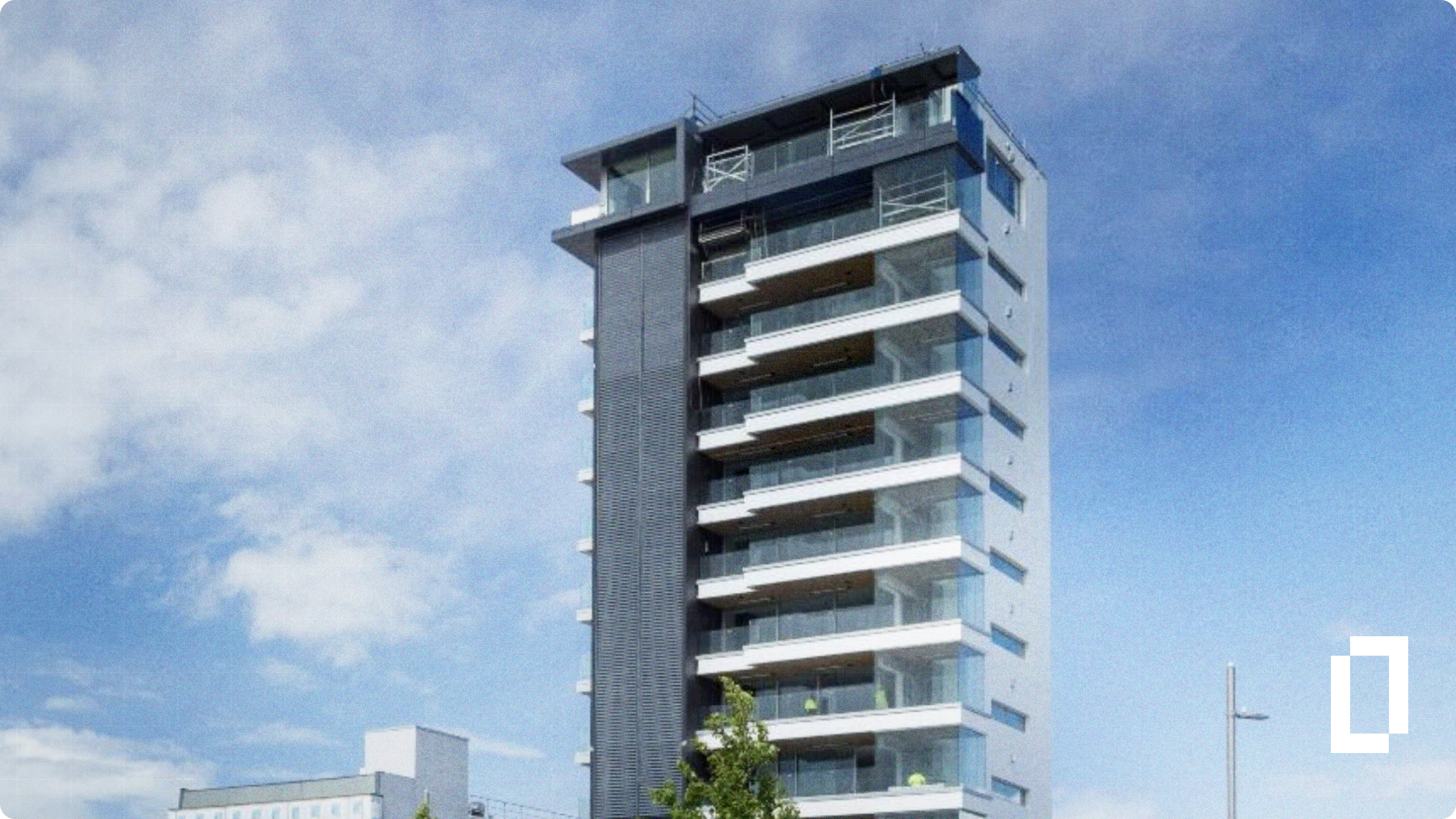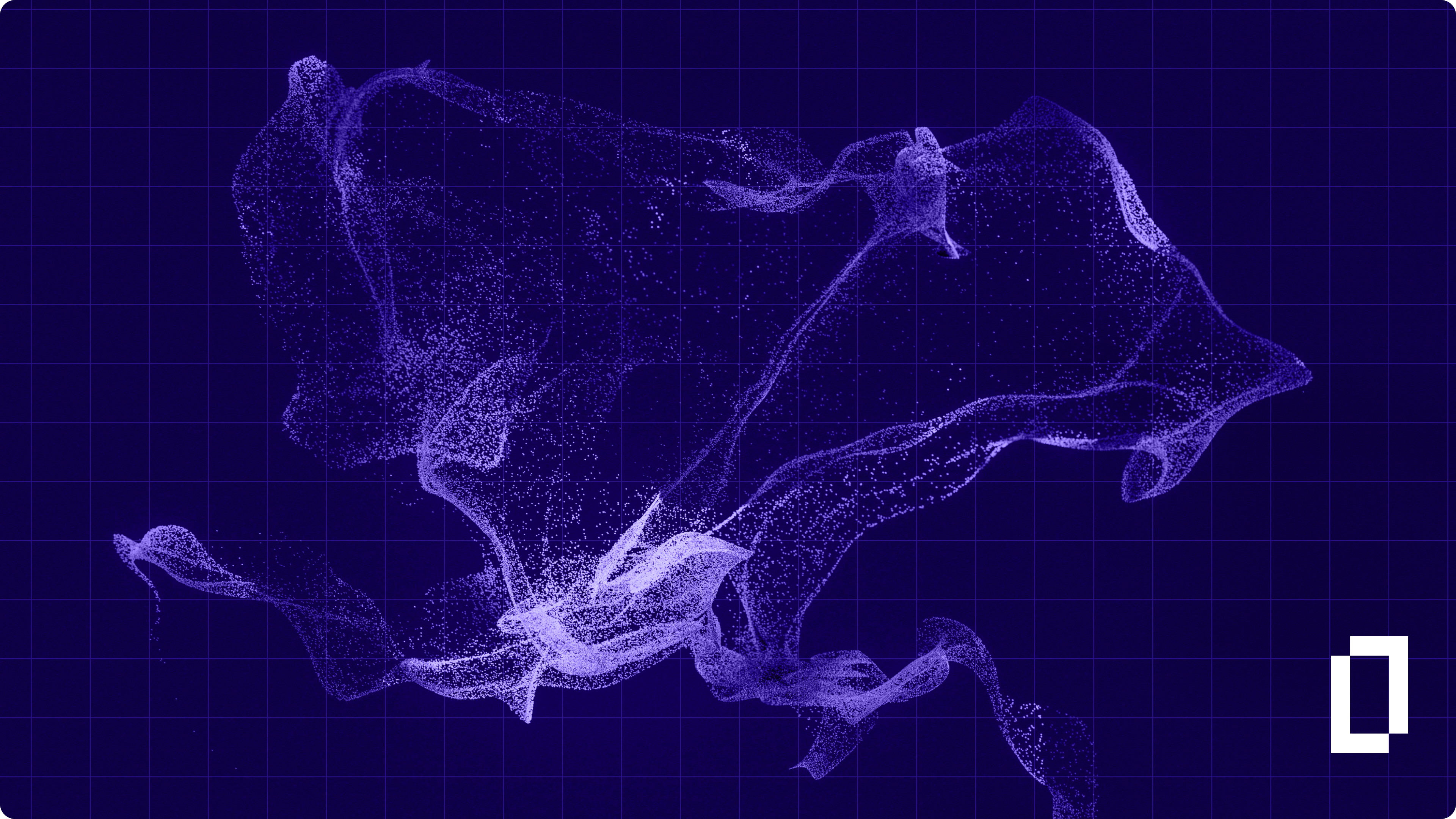In late 2025, Terrascope, a leading decarbonization Software-as-a-Service (SaaS) platform, in collaboration with BBR VT International, modeled two options for an earthquake-damaged tower in New Zealand – (1) strengthen and renovate, or (2) demolish and reconstruct, quantifying the associated carbon emissions, and also considering further benefits such as financial savings.
This study was conducted in collaboration with BBR VT International, which owns the post-tensioning technology used in the tower strengthening project, and Contech, a New Zealand-based member of the BBR Network, which implemented the solution locally.
Key findings
-
Renovating a 14-unit complex cut embodied carbon by 81%, outperforming the 32% savings from low-carbon materials.
-
Post-tensioned tendons boosted seismic compliance from 34% to 100%, restoring an uninhabitable building to full value.
-
The project achieved 30% higher NPV through lower costs, shorter timelines, and faster cash flow.
-
Post-tensioning supports net-zero goals by extending building life and avoiding emissions-intensive demolition.
Authors

Director of Sustainability,
Terrascope

Senior Carbon Data Analyst,
Terrascope

Sales Director,
BBR VT International Ltd



